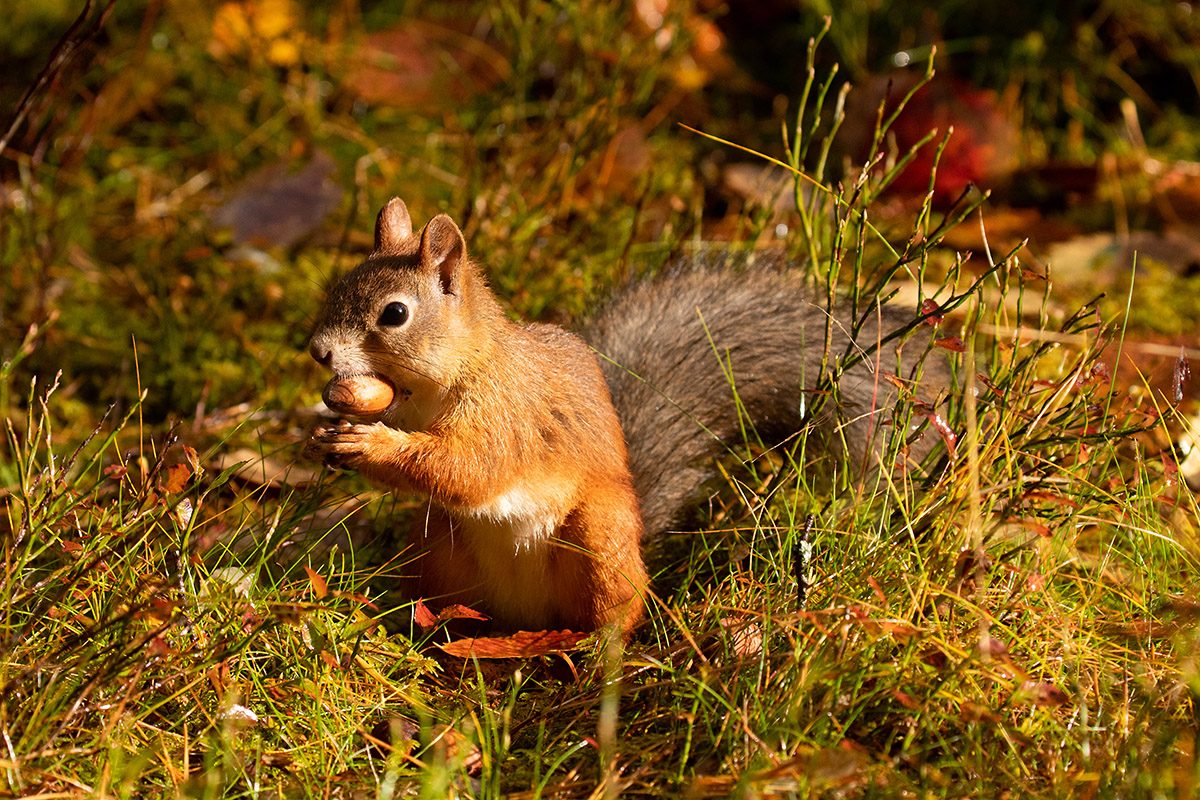A habitat (biotope, ecotope) is a set of natural conditions that is necessary for a species or its population to live in that place.
The European Union’s Habitats Directive defines the habitat types that must be protected in the Natura 2000 sites. Jaanus Paal has adapted the classifications of these habitat types [1] to the Estonian conditions, based on his own classification of Estonian habitat types. The Natura habitats are defined as areas that meet the characteristics described in the above-mentioned handbook, i.e. they are habitats that are endangered and rare across Europe.
A habitat (biotope, ecotope) is a set of natural conditions that is necessary for a species or its population to live in that place. A habitat includes the conditions of both animate and inanimate nature: the conditions of animate nature are created by other organisms living there and the relationships between them; conditions of inanimate nature are, for example, soil, water, microclimate. The term ‘habitat’ is commonly used for animals, the term ‘site’ for plants. Habitats located in different places, but with approximately similar environmental factors and vegetation form a habitat type.
The author of the classification of Estonian vegetation site types is Jaanus Paal. The classification is based on environmental conditions (e.g. soil) and vegetation cover. Vegetation site types are grouped into type groups, those in turn into classes, and classes into groups. The classification of forest vegetation site types was developed by Erich Lõhmus [2].
A community is a collection of organisms in one habitat, a form of their coexistence. In the case of a community, we do not mean inanimate nature, but the relationships between wildlife species. Depending on the type of organisms the community consists of, they are called, for example, plant communities, animal communities, microbe communities. Communities can also be divided according to the extent of human impact: natural communities, semi-natural communities (e.g. wooded meadows), and anthropogenic communities (artificial lakes).
An ecosystem is a complete self-regulatory system consisting of organisms that are connected to each other via the food chain (biocoenosis) and a set of environmental conditions (ecotope). It is distinguished from a habitat by its integrity and ability to self-regulate.

Last modified: 15.11.2021
__________________________________________________
[1] Jaanus Paali Natura elupaigatüüpide käsiraamat: https://www.digar.ee/arhiiv/et/raamatud/20025.
[2] E. Lõhmus. Eesti metsakasvukohatüübid. Eesti NSV Agrotööstuskoondise Info- ja juurutusvalitsus, 1984.